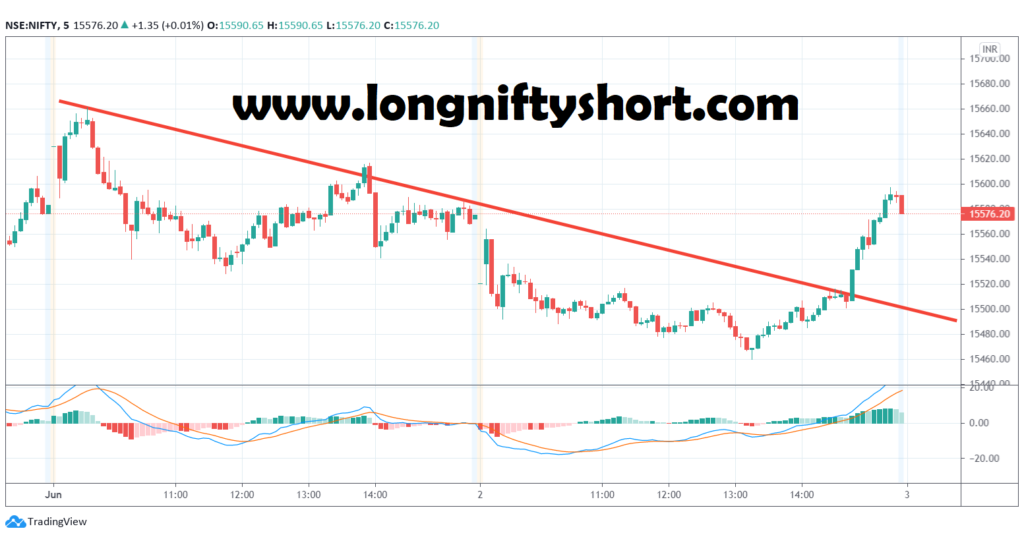Today I would like to write about a useful but less talked about topic today. The post will talk about “trading index futures with minimal margin”. It is useful for new traders, as well as someone who is working on improving their hit ratio. Hit ratio is the percentage of trades that go in your favour as compared to the total trades that you take.
As a beginner, it is normal that one cannot take a trade in the Index futures just because the lot size is big and the losses can run huge if we keep a decent stop loss. If we keep a small stop loss, we will mostly get it hit since futures and options are highly volatile.
What if I tell you that you can trade futures and options with a lot size of your own, that is you can scale your lot size according to your stop loss. I have described in an earlier post, how to scale your lot size according to your stop loss.
However, we can only trade in Nifty and Banknifty and not other stocks listed in the futures and options segment, and we are not trading in nifty and banknifty futures but an equivalent of nifty and BankNifty futures. Let us jump into the topic right away.
The equivalent of Bank Nifty is bankbee. However, we have to follow the spot chart of the Banknifty index but buy/sell Bankbee as per the quantity of your choice. Remember to keep a stoploss as per your judgement. One can check index price and decide a stoploss in bankbee.
It is not a straightforward thing to do, but a simple suggestion is to check the time at which price had touched stoploss last time in the Index chart and check the price in Bankbee at the same time. The candle close in the 5-minute time frame in bankbee can be a decent stoploss price.
Bankbee and banknifty move in the same direction by almost the same percentage. The benefit of trading in bankbee is that we do not need to buy a full lot to take a position. Instead, we can buy a single bankbee just like buying a single stock of ITC or Reliance. The problem with buying bank Nifty futures is that even a hundred rupees stop loss a stop loss of 2500 rupees per lot.
If we make the same position in by bankbee which trades at almost 400 rupees nowadays, we can virtually take the same trade with smaller stoploss. It reduces the amount that is risked in a trade as well as the amount that can be gained in the same trade. Let me tell you how to take a trade in bankbee.
Let us look at today’s chat of bank Nifty index. We found a buying opportunity at 11:45 a.m. and the trade hits take profit at 12:45 a.m. Remember to make an entry and exit following the index chart.

We can buy bankbee at 11:45am and wait for stoploss or target. We can see that the target is hit at 12:45
Let us look at bankbee chart for the same day, and how it progressed during the same time frame.

Entry and exits are shown by blue arrows in the bankbee chart. The entry price would be near 400.29 and the exit would be at 402. For intraday trades, you get leverage of 5X in Zerodha for Bankbee and the effective buy price would drop to 80.08. You end up making 1.7 rs by buying one quantity for 80.08 rs. This turns out to be 2.1 per cent for the day which is quite good.
The equivalent of Nifty is niftybee and you can virtually trade nifty futures by making a position in Nifty bee.
One point to be noted is that the niftybee and bankbee often have a small gap in best buyer and seller price and one must use a limit order to enter and exit to the extent it is possible. Once you are confident in trading bankbee and nifty bee, you can try out nifty and banknifty futures.
What are your thoughts on this post, let us know in the comments.



